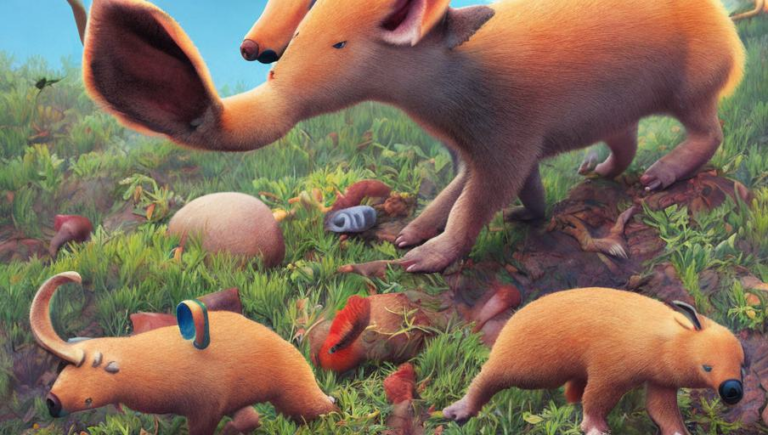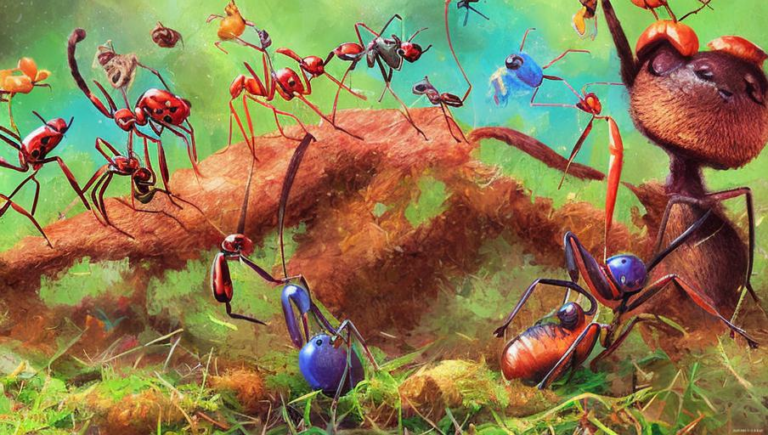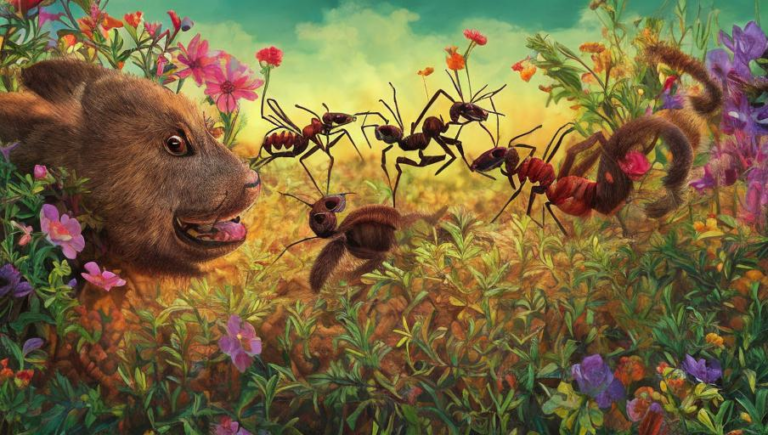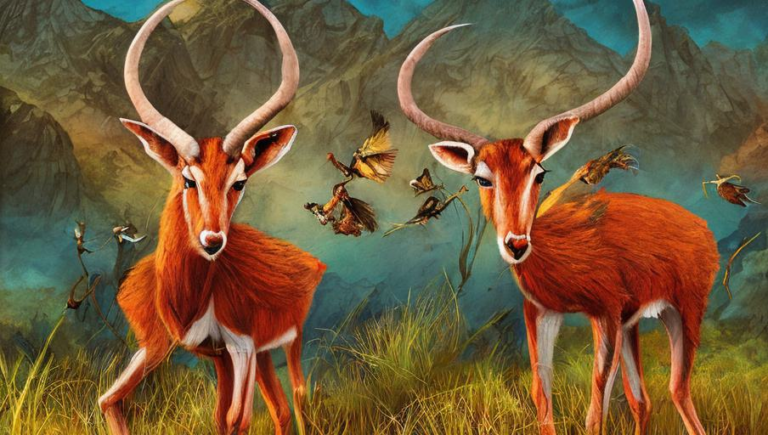Popular Myths About the Cassowary: Debunking Common Misconceptions
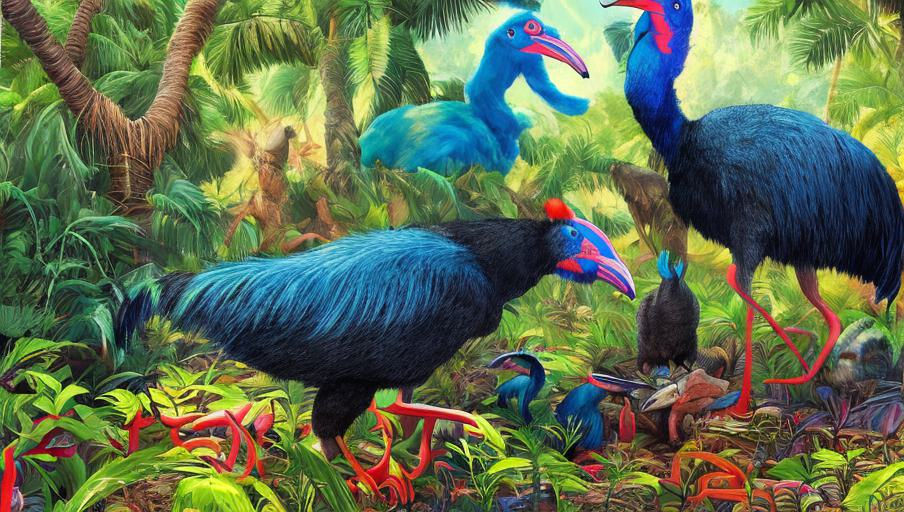
Cassowary: A Misunderstood Creature
The cassowary is a large, flightless bird native to the tropical forests of New Guinea and Australia. The cassowary is an impressive creature, with a large body size and a unique, colorful plumage. Unfortunately, this unique creature has been the subject of numerous myths and misconceptions, which have been perpetuated over the years. Here, we will take a look at some of the most popular myths about cassowaries and the facts that debunk them.
Myth 1: Cassowaries are Dangerous
The cassowary is often labeled as an aggressive, dangerous creature, but this could not be further from the truth. While cassowaries can be dangerous when provoked, they are generally shy and avoid contact with humans. The cassowary is a peaceful creature, and they are not known to attack humans without provocation. The most common way that people can be injured by a cassowary is by walking too close to the bird and startling it, causing it to kick out in self-defense.
Myth 2: Cassowaries are Territorial
Cassowaries are not territorial. While they may defend their nests and young, they do not have any set territories or ranges. Cassowaries are nomadic, and they will often travel far and wide in search of food. They are not known to be territorial and do not defend any particular area.
Myth 3: Cassowaries are Endangered
The cassowary is not considered an endangered species. While their populations have seen a slight decline due to deforestation, the species is still abundant enough that it is not considered endangered. Conservation efforts are underway to ensure that the population remains stable, and the species is not in any immediate danger of extinction.
Myth 4: Cassowaries are Aggressive Predators
Cassowaries are not aggressive predators. They are omnivorous, and their diet consists mainly of fruit, leaves, and small invertebrates. Cassowaries will occasionally scavenge for carrion, but they are not known to actively hunt for prey. In fact, cassowaries are more likely to be the prey of larger predators such as dingoes and pythons.
Myth 5: Cassowaries are Rare Sightings
Cassowaries are not rare sightings. While the cassowary is not a widely distributed species, it is still relatively common in its native range. Cassowaries can be found in the tropical forests of New Guinea and Australia, and they can sometimes be seen in suburban areas. If you’re lucky, you may even have the chance to see one in the wild!
Conclusion
The cassowary is a fascinating creature with a unique and beautiful plumage. Unfortunately, it has been the subject of numerous myths and misconceptions over the years. We hope that this article has helped to debunk some of the most popular myths about cassowaries and has provided an accurate depiction of this amazing creature.
